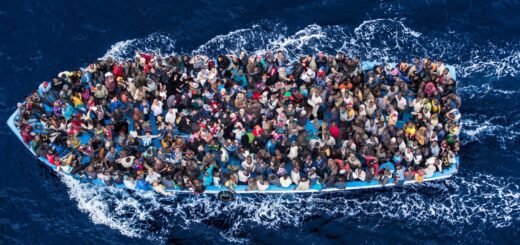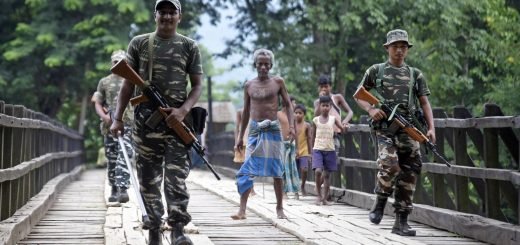Evaluating Strategies and Operational Art Applied by Parties to Russia-Ukraine War
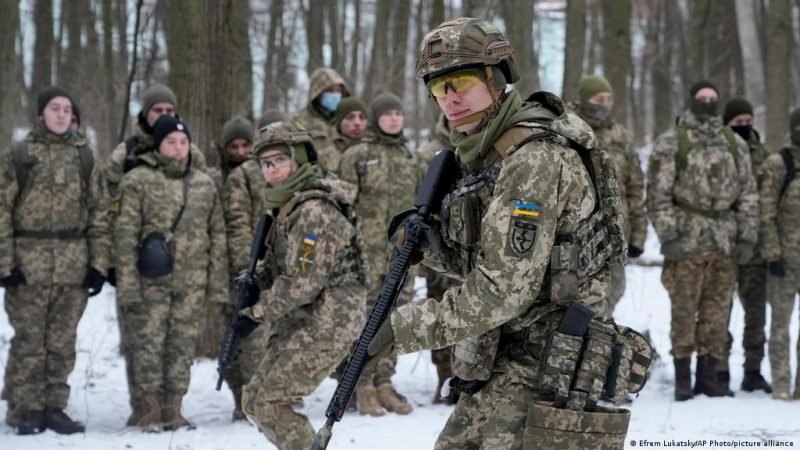
Backdrop
Amidst the fog of information campaign, after Russia Ukraine War nears two months, a realistic assessment of strategies adopted by the parties to the conflict and operational art displayed by opposing militaries in a complex, deadly hybrid war of modern times brings out many lessons for strategists and military professionals globally.
Parties to the Conflict
While Russia can be accused of launching pre-emptive ground offensive on Ukraine, NATO can also be accused of creating conditions threatening Russia by eastward expansion; hence, it is essential to identify parties to the existing war. While the kinetic, contact, hybrid war is on between Russia and Ukraine, the US led NATO is fighting a non-kinetic, non-contact, undeclared war in economic, information, diplomatic and political domains, simultaneously, against Russia making them de-facto parties to the conflict.
To keep NATO out of contact war in Ukraine, a passing reference to the nuclear dimension, backed by operationalizing drills conducted by Russia, which has the largest nuclear arsenal in the world was made. The strategy has worked so far in preventing NATO’s entry into contact warfare. Russian asymmetry in numbers of military arsenal in comparison to Ukraine is its strength, more so in mechanized warfare; hence the manoeuvre warfare suited Russia.
Ukraine had over 600,000 fighters (including reserves), added a sizeable number of armed civilians, (by declaring martial law), and adequate numbers of short-range anti-tank and air defence weapons, aided by NATO. In comparison Russians had only 200,000 fighters entering Ukraine; hence drawing Russians into fighting in built-up area, enforcing war of attrition suited Ukraine. The use of non-state actors, volunteers and mercenaries is common to both sides turning the conflict into a full-blown Hybrid war. Both sides had adequate time to make deliberate preparation for war.
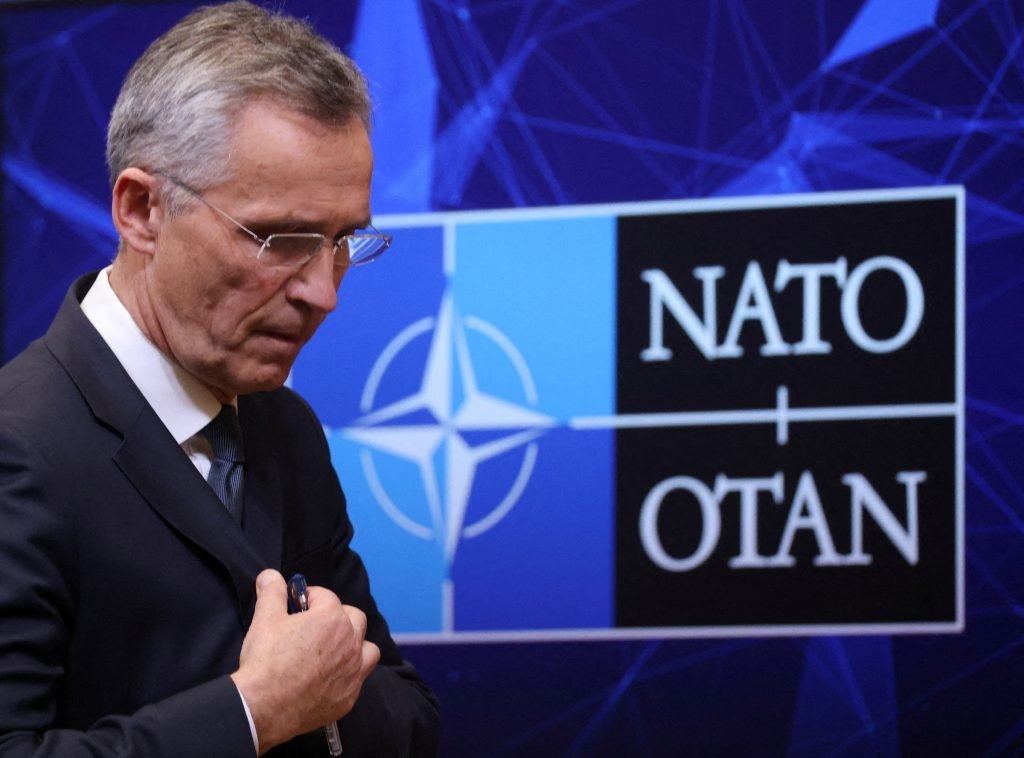
Russian Strategy and Operational Art
Russia’s political aim at the beginning of the war was to arrest the trend of eastern expansion of NATO into its backyard, foreclose option of inclusion of Ukraine into NATO, liberate complete Luhansk and Donetsk regions as independent states to act as buffer, and ensure security of Crimea by connecting it with Donbass Region through a land corridor. The aim plus included completely cutting off Ukraine from warm water access to get absolute freedom of maneuver for its Black Sea Fleet. The political centre of gravity continues to be resolve of Zelensky to resist Russian intentions. Capturing Ukraine was unlikely to be Russian intention, but an end state along its linguistic borders was thought to be within its realms of practicability.
To fulfil its political and strategic aims, Russia shaped the battlefield accordingly. Having postured Russian military three sides of Ukraine, a cyber and information war was triggered to make Ukrainians believe futility of resistance, which to some extent succeeded in initial stage, making NATO believe that consolidation was possible in few days. Pre-emptive air and missile strike to achieve a favourable air situation and air dominance was achieved by significant destruction of Ukrainian airpower since the beginning of war. Given the spirit of nationalism among Ukrainians, stoked by Zelensky’s sentimental appeals and bolstered by western information warfare; Russians had to moderate their political aim. Regime change is no more an option, because any pro-Russian puppet regime, even if imposed, is unlikely to survive long.
The offensive maneuver from Belarus in North towards Kyiv, through shortest route was initially aimed to achieve political objective of imposing a No-NATO diktat on its political leadership by shock effect through manoeuvres by mechanised forces. This was also part of turning move to force Ukraine to pull back troops from eastern region opposite Donbass, which was heavily defended.

The subsidiary thrust through Kharkiv was aimed at isolating Kyiv from favourable direction with Russian speaking population and contiguity to Russian borders, which tuned out to be a miscalculation due to unexpected stiff resistance by the people, resulting in heavy casualties. The intention to avoid fighting in built-up area, reduced chances of political consolidation, and the need for regrouping in view of heavy casualties of men and material, has been instrumental in the Russian decision to pull back from Kyiv and apply its forces differently. Given the requirement of troops to capture built-up area of Kyiv with the heavy density of troops and short-range weapons, its clearence was never within Russian capability. Russians used scorched earth policy while retreating ensuring that hardly any serviceable equipment fell in hands Ukrainians, unlike US botched withdrawal from Afghanistan, although western media glorified Ukrainian tales of recapture.
The Russian military aim to demilitarise Ukrainian military, to ensure that Ukraine cannot be used as a launchpad by NATO to threaten security of Russia, has been partially achieved by extensive air and missile strikes, standoff attacks to neutralise air defence capability and air assets to achieve favourable air situation, pulverising military targets, claiming to have destroyed most of them, including air fields and military installations in Ukraine.
The offensive from the East aimed at the liberation of complete Luhansk and Donetsk regions has made significant gains, however, intense fighting continues to liberate the remaining areas.
The offensive from the South has made considerable progress in cutting off Ukrainian access to Sea of Azov and a major portion of the Black Sea, by establishing a land corridor from Donbass to Crimea, except pockets of resistance in Mariupol with intense fighting in some townships. It also adds on to fulfil its aim of denazification by the destruction of volunteer battalions operating in the cities of Odessa, Kharkov, Mariupol, and elsewhere in Ukraine.
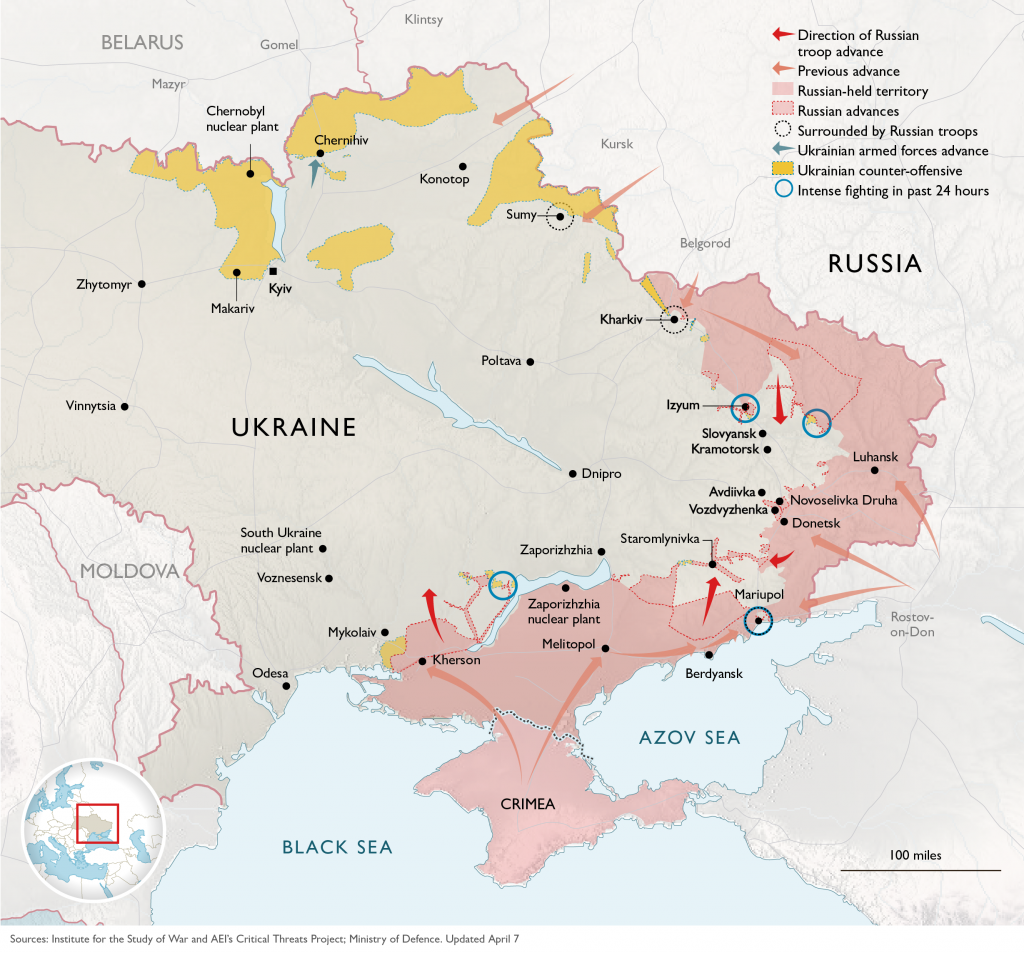
Russian employment of its Black Sea Fleet, for standoff attacks and blockades, has been sub-optimal, not utilising its full potential. Sinking of Russia’s Moskva flagship, the floating command centre acting, doesn’t speak well of its Navy irrespective of fact whether it happened due to missile strike as claimed by Ukraine supported by NATO, or by fire accident as claimed by Russia, as its capabilities are not easily replaceable.
Strategically it’s a compulsion for Russia to reduce vulnerability of Crimea amidst reports of US involvement in the region in terms of trainers, exercises, alleged support to non-state actors like Azov regiments and establishment of biological laboratories with clandestine intentions. To get an end-state of landlocked Ukraine, Russians may have to attack on Odessa and extend the corridor westwards with an aim plus of joining up with Transnistria, bordering Moldova, having Russian presence.
Ukrainian Strategy and Operational Art
President Zelensky would have expected a violent action from Russia after signing decree aimed at de-occupation and reintegration of the Crimean Peninsula on 26 February 2021. Joint exercises with NATO gave up his and NATO’s intentions, adequate to alarm Russians, even if such acts were aimed to impress domestic audience. Ukraine’s strong resolve to resist Russian offensive President Zelensky, has been noteworthy, having deliberately prepared for the conflict. To overcome the adverse asymmetry in military asset holdings and exploiting the superiority in number of fighters within Ukraine, the Ukrainian force deployed smartly in densely populated areas to fight pitched battles in townships, despite losing air cover in the early stages of war.
The strategy is to deploy military assets in civilian areas, turn towns into fortresses, and residential areas into pillboxes, incite mercenaries and civilians to fight as part of the war machine, launch sniper attacks, ambushes, small team operations, drone attacks on softer convoys, and provoke Russians to target residential areas in order to gain propaganda advantage from civilian casualties through superior information warfare, backed by the NATO. The raising of over 100,000 paramilitary militia armed, financed and trained by the US led NATO officers like the Azov Regiment, whose emblem is reminiscent of the 2nd SS Das Reich Panzer Division; hence the Russian allegation of Nazi/neo Nazi historical past finds some basis, even by West. These forces led to adoption of urban insurgency model, changing the dimension of war from conventional to hybrid war. The strategy worked in a manner that at many places Russian troops reluctantly got sucked into street fight, buying excessive casualties.
The Ukrainian strategy seems to have succeeded in delaying Russian operations and placing Russia in an awkward position of having to choose between fighting in populated, built-up areas, which is cost-prohibitive in terms of human and equipment casualties in favour of defender or isolating, bombarding townships, residential areas alleged to house military assets, disrupting essential services, and pressuring Zelensky, at the cost of risking international condemnation. The Russians appear to have selected the latter option, having bought sizeable casualties in built-up areas.
NATO’s Strategy
The biggest strength of US-led NATO is its grip on global financial system. Their strategy, therefore, centred around economic warfare through unprecedented sanctions, and information warfare to demonise President Putin, making Zelensky a hero, increasing political and diplomatic pressure on Russia and its supporters and arming Ukraine to fight and weaken Russia. US-led NATO also extended the limit of its proxy war by sending volunteers and mercenaries.
Extending the duration of war suits the USA in terms of boost in arms sales, energy market by scuttling Russian supply, regaining influence in Europe, securing future contracts of rebuilding Ukraine and weakening Russia through Ukraine without American casualties. Economic Sanctions have been selective leaving out critical areas, and so has been their impact, as Russian energy sold much more during the period of conflict, with US and Europe purchasing maximum.
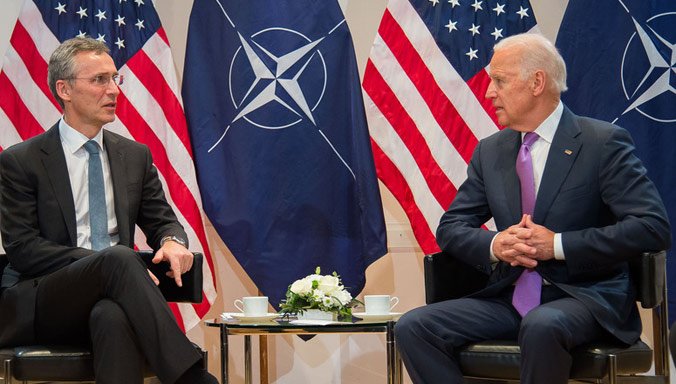
Threatened by offensive posture of Russia NATO and EU seem to be cuddling with US for collective security, overlooking the fact that this war will sacrifice peace and energy security of Europe, trigger refugee crisis, and related internal security issues with so many mercenaries, armed volunteers licensed to fight, who may continue their activities in Europe, even after the war.
Major Lessons so far!
Russia has successfully used nuclear deterrence to keep NATO out of contact warfare indicates the relevance of nuclear arsenal. Russians also gained and retained initiative by pre-emptive strikes. This war has given a resounding message that numerical superiority of military assets by itself may not deter a determined adversary, which is using the terrain friction like use of built-up area (ethical or non-ethical), which favors defender out of proportion. It also proves a point that peoples resolve to fight for their country is a force to reckon with, which can derail the plans of a much stronger adversary out of gear, aptly exhibited by the people of Ukraine. The lesson equally holds good for India, which can overcome Chinese superiority of numbers by skillfull use of terrain friction of Himalayas in North, choke points of oceans in the South, taking advantage of relative distances from China, by its professional military, backed by national resolve.
The Russians used surprise and offensive spirit to make quick gains towards Kyiv in the break-in battle, in first few days, but the delay due to built-up areas caused them heavy casualties, breaking the momentum of offensive in many cases, which further complicated the logistics plan. The Russians made extensive use of the feint in Ukraine, with an Amphibious threat off Odessa fixing Ukrainian forces there, and a major feint toward Kyiv compelling Ukraine to reinforce it. Russians have been able to seize and retain initiative, calling the shots with every other party reacting to what Putin does next.
Notwithstanding the handicaps, Russians have already captured a sizeable chunk of territory in strategically important areas in Ukraine, and continues consolidation of captured areas along with strategic deep, standoff attacks designed to disrupt and destroy Ukrainian military machinery, logistics, command & control, remaining airpower, long-range fire support systems and foreign military aid convoys even in Western Ukraine. Having vacated Kyiv, Russia could redeploy troops northeast Ukraine against bulk of the Ukrainian army massed opposite Donbas in a classic turning movement. The real state achieved so far suggests that Russian maneuvers seem to be defeating a much larger number of Ukrainian fighters stuck in attrition warfare.
This war has exhibited that information is a potent instrument of warfare. The intense Information War is highly skewed in favor of NATO and Ukraine, who have been able to paint Russia red, as most global social media tools controlled by the West. This has taken battle of perception away from Russia, which is evident from the fact that despite both sides violating the Geneva convention, using mercenaries, Russia was expelled from UNHRC, even without a probe, whereas such momentum was never built against alleged Ukrainian’s ruthlessness on pro-Russian population, or against NATO for its actions in Iraq, Serbia, Libya or Afghanistan ever, where there were hardly any humanitarian corridors during carpet bombing, in comparison to many provided by Russians including at towns under seize. NATO exhibited that a combination of information, political, and diplomatic war with economic coercion can still sway the world opinion/following up to a point, but it still fails to deter a determined country under strong leader like Russia.
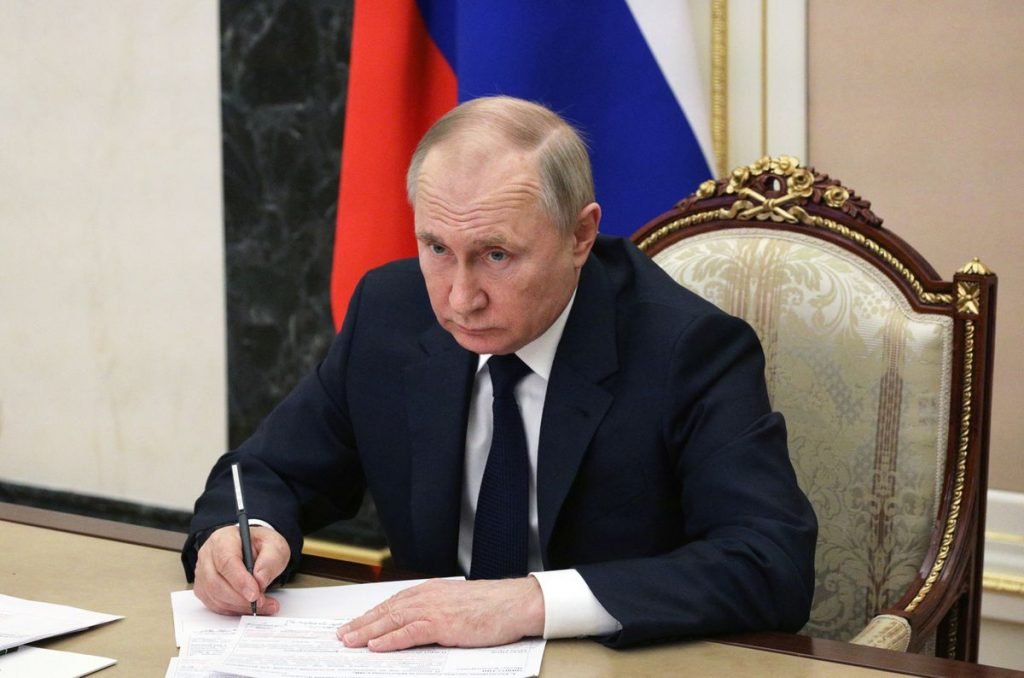
Way Ahead
Despite sanctions, Russians stand behind their leader Putin, with his approval rating climbing up from 69 percent to 83 percent as per New York Times. Russia is on its way to achieve its strategic objectives, albeit at a very heavy economic and human cost. NATO, besides providing more weaponry to Ukraine, strengthening its periphery and vouching for more sanctions don’t have any worthwhile Plan B. Caught in crossfire are mainly people of Ukraine, Russia and Europe in Big Power Contestation.
If the war gets prolonged further, Ukraine will be destroyed physically, Russia will suffer punitive financial cost, EU will lose long-lasting peace with risk of insurgency at its doorsteps and energy security, and the entire world will suffer economically. China will emerge wiser, learning from the Russian experience and assessing the risk profile of the US, whose leadership is fixated on the wrong adversary and unable to combat the real competitor in the Indo-Pacific.
In the short term, the US may seem to benefit from this strategy in terms of boost in arms and oil exports, influence in NATO, but in the long run, it will lose credibility and reliability globally, giving an impression that investments in US are safe, as long investor toes its line, not otherwise. Diversion of focus from China to Russia will speed up US decline vis a vis China, faster than what its strategists anticipate.
If economic coercion through sanctions continues, countries will seek an alternative financial system that is not dependent on the West, jeopardising their long-term interests. The world is more intertwined than it was previously, and with the economic fulcrum shifting from the West to the Indo-Pacific, a march towards de-dollarised financial system could be the most significant future risk to the US.
The truth is that neither Russia nor NATO wants to join its land borders. Because of its geographical location, neutral Ukraine remains the best alternative for Eurasian security. All parties to the conflict should face facts first and settle concerns through dialogue, putting rhetoric, egos, and sentiments aside. Instead of pouring gasoline to the fire by imposing additional sanctions or giving more hardware support to prolong the war, it could be a better idea for NATO to seek a ceasefire through dialogue, addressing the legitimate security interests of all sides. The idea of Finland and Sweden raising pitch to join NATO, and resultant nuclear references are escalatory trend in spiralling the war to dangerous dimensions.




